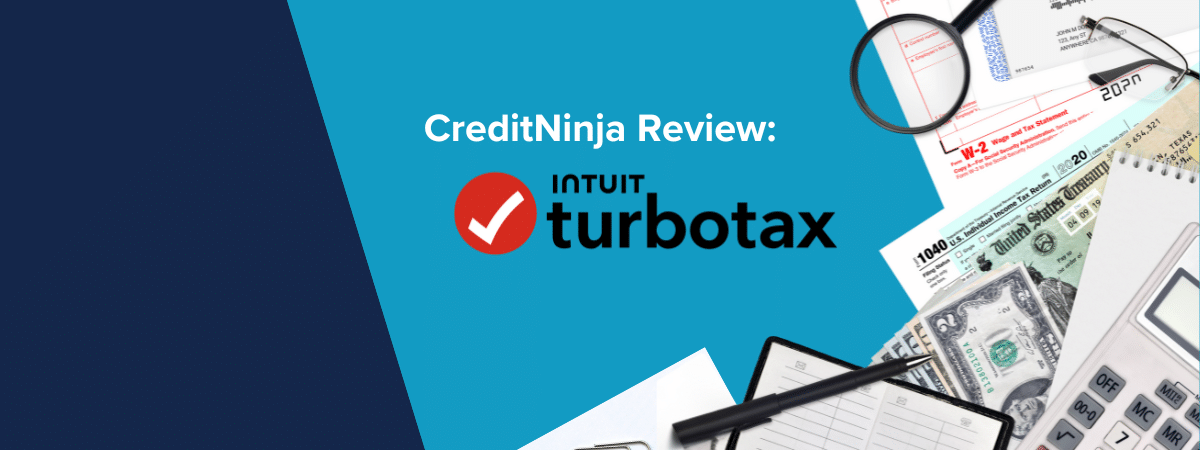What even is a credit score? A simple question with a not-so-simple answer. And whether you’re searching for traditional loans, credit cards, or even bad credit loans, your credit score will play a large role in being approved. As of June 2023, the rejection rate due to bad credit increased to 21.8%.1
Financial wellness blogs across the internet give tips on checking, improving, and ensuring the accuracy of your credit score. You know that your credit score impacts how much you can borrow. But who sets the score, and what do they base it on?
In this article, we’ll go over the various factors that drive your credit score and dive deep into the two most popular credit scoring models out there.
What Drives Your Credit Score?
First things first, you don’t have just one credit score. There are thousands of credit scoring models floating around, and they each calculate scores differently. When someone refers to your ‘credit score,’ they’re usually referring to your FICO score. Later in this post, we’ll detail the FICO credit scoring model, which is the most popular one there is. Most models, including FICO, are driven by data pulled from your credit reports.
Who Creates Credit Reports?
The big three credit bureaus (Experian, TransUnion, and Equifax) build your credit reports using information communicated by the banks and lenders you’ve had accounts with. As your credit report information drives your credit score, it’s important to regularly check your three reports for mistakes. Borrowers can get all three credit reports for free from AnnualCreditReport.com.2
How Is a Credit Score Calculated?
So what parts of your credit report do the scoring models focus on? Most scores are based on some mix of the following five factors:
Payment History
Payment history is the most significant input to most credit scoring models. If you haven’t paid on time in the past, creditors don’t think you’ll pay on time in the future. For example, multiple late payments on a personal loan can make it more challenging for you to qualify for online loans.
Credit Utilization
Models also look at the ratio of credit-in-use to total credit available. Credit utilization ratios below 30% are considered strong. We walk through how to calculate and improve your credit utilization ratio in this article.
Credit History
Unless you’ve struggled to make payments on time, a longer history of credit use will help your credit score. Many young people with no credit history struggle to access credit. You can start building a credit history by becoming an authorized user on someone else’s card or using a secured credit card.
Credit Mix
The different forms of credit that you use play a role in determining your credit score. Having more lines and different types of credit may actually improve your bad credit score. That’s because creditors think that if you have experience handling credit in many forms, you’ll be more likely to handle the credit they’re offering.
Applications for New Credit
Lines of credit and loans that you applied for in the past year factor into most credit score calculations. Borrowing more won’t always have a negative credit score impact, but applying for several new lines of credit makes it look like you’re in financial distress. Distressed borrowers are riskier borrowers, so applying for many types of credit in a short period of time can lower your score.
The Different Credit Scoring Models
Most credit scoring models use the factors described above. They just weigh them differently, placing more or less emphasis on one factor over another. Now let’s look at how the two most popular credit scoring models, FICO and VantageScore, weigh the factors in their scoring models.
| Score Range | FICO Rating | VantageScore Rating |
| 800 – 850 | Exceptional | Excellent |
| 740 – 799 | Very Good | Good |
| 670 – 739 | Good | Fair |
| 580 – 669 | Fair | Poor |
| 300 – 579 | Poor | Very Poor |
The FICO Credit Score Model
The FICO general-purpose score is the best known and most often used credit scoring model. It’s produced by FICO, formerly known as the Fair Isaac Corporation, which is the dominant credit scoring firm.
General-purpose FICO scores range from 300-850 and are calculated using the following factor weights:
- 35% payment history
- 30% credit utilization ratio
- 15% credit history
- 10% credit mix
- 10% applications for new credit
Some lenders categorize potential borrowers as subprime, near-prime, prime, or super-prime when making lending decisions. The higher your credit score, the more attractive you’ll be to lenders and the more likely you’ll be to get a loan.
The VantageScore Credit Score Model
VantageScore is another credit scoring model. The three major credit bureaus joined forces to create the VantageScore in order to compete with FICO.
VantageScores also range from 300-850, and the scoring factor-weights follow:
- 40% payment history
- 21% age and type of credit
- 20% credit utilization ratio
- 11% of total balances
- 5% recent behavior
- 3% available credit
As you can see, the VantageScore factors don’t have exactly the same names or weights as the FICO factors. ‘Age and type of credit’ combines the ‘credit history’ and ‘credit mix’ factors from the FICO calculation. The ‘total balances’ and ‘available credit’ factors break down the ‘credit utilization ratio.’ And ‘recent behavior’ captures the same thing as FICO’s ‘applications for new credit.’
Regardless, at the end of the day, FICO, VantageScore, and other credit models try to answer the same two questions:
- How have you handled credit in the past?
- What’s your capacity to handle it in the future?
Frequently Asked Questions About Credit Scores
Credit reporting agencies, also known as credit bureaus, are organizations that collect and maintain consumer credit information. The major ones include Experian, TransUnion, and Equifax. They provide this information to lenders, credit card issuers, and other financial institutions to help them make lending decisions.
Typically, lenders and credit card issuers report your account activity to credit reporting agencies monthly. However, the exact time can vary depending on the lender and the credit bureau.
A good FICO score ranges typically fall between 670 to 739, though this can vary slightly among different scoring models. A higher credit score indicates better creditworthiness, making it easier for you to get approved for a loan or credit card at favorable terms.
You’re entitled to one free credit report every 12 months from each of the three major credit bureaus. You can request these reports through AnnualCreditReport.com, which is the only authorized website for free credit reports.
Most credit card issuers report to the three major credit reporting agencies. However, some smaller issuers or specialty cards might not report to all three, so it’s a good idea to check with your issuer if you’re unsure.
Many financial institutions, credit card issuers, and personal finance websites offer free credit scores to their customers. It’s worth checking with your bank or credit card issuer to see if they provide this service.
While the time can vary, positive changes in your credit habits, like paying down outstanding debt or consistently paying bills on time, can lead to a higher credit score within a few months. However, negative items, like late payments, can remain on your report for up to seven years.
What CreditNinja Wants You to Know About Credit Scores
Your credit scores can greatly affect your life. But luckily, there are ways to improve your financial history and credit score ranges. At CreditNinja, we know that having knowledge at your fingertips can help you better understand your creditworthiness and how to manage unsecured debt.
If you want further information on credit scores or how to get a loan with no income, check out the CreditNinja Dojo!
References:
- Borrowers are getting rejected for loans at the highest rate in 5 years │ Yahoo Finance
- Wondering why your credit score is bad? │ Los Angeles Times
Matt Mayerle is a Chicago-based Content Manager and writer focused on personal finance topics like budgeting, credit, and the subprime loan industry. Matt has a degree in Public Relations and has been researching and writing about financial literacy and personal finance since 2015, and writing professionally since 2011.







